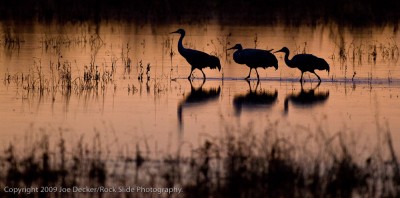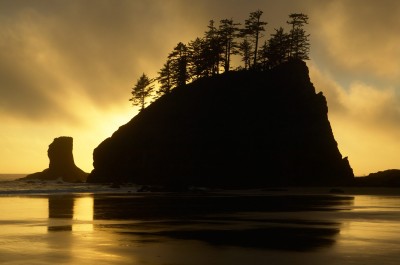The Tuesday Composition: Working with Silhouettes

If you like this article, you can now get the book! Joe has expanded the “Tuesday Composition” series into an inspiring new ebook on composition, especially for nature photography. Check it out: The Tuesday Composition.
For the past week and a half, I’ve been shooting in New Mexico; and for the last few days I’ve been doing a lot of work at Bosque del Apache National Wildlife Reserve. Sunrises and sunsets are magical there, and often end up involving silhouettes, which got me thinking again about composing with silhouettes. I’ve touched on the subject of shadows and silhouettes before. But today I’ll go into more depth on the subject.
Silhouettes abstract objects into a two-dimensional shape, eliminating their color and texture. That’s a powerful tool for those moments where the shape of an object can communicate your intent effectively. But with that power comes a danger of accidentally removing some information you really need for the image to make sense. (more…)
